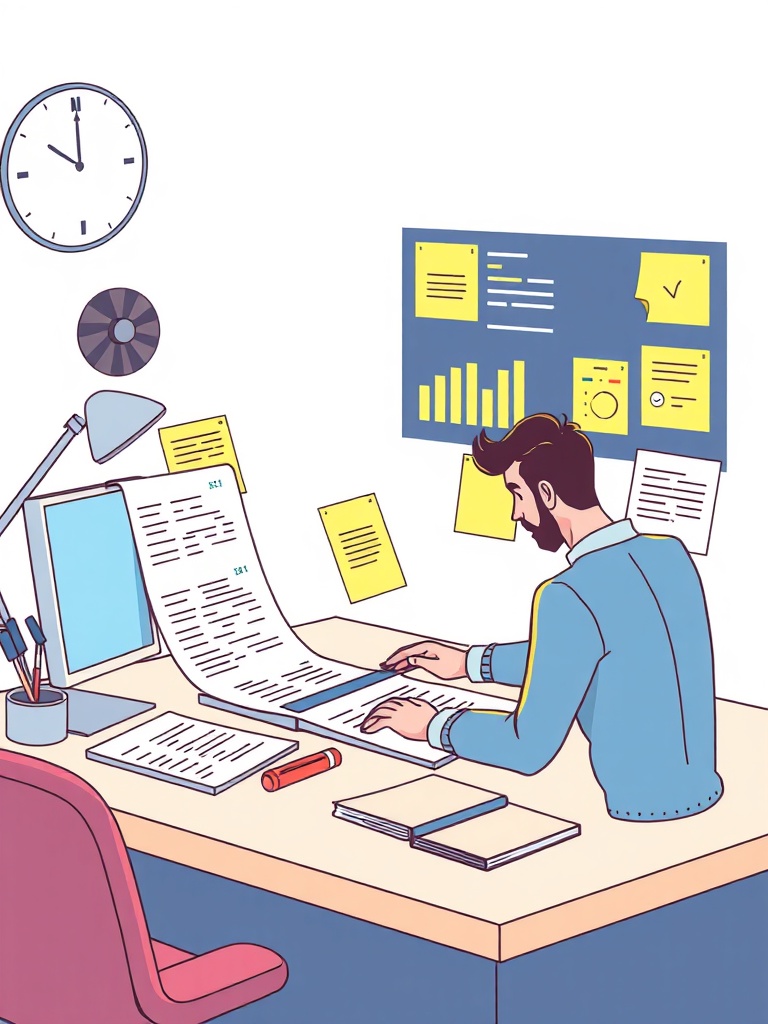How to Master Task Management: Capture, Prioritize, Automate & Deliver
Task management has evolved from simple to-do lists to integrated systems that combine prioritization, automation, and collaboration. Whether managing personal responsibilities or coordinating a team, the right approach turns an overwhelming inbox into a predictable workflow and consistent outcomes.
Core principles that work
– Capture everything: A reliable capture habit—whether a quick app entry, voice note, or paper jot—prevents mental clutter. The goal is a single trusted place for tasks so nothing slips through the cracks.
– Clarify outcome and next action: Every task should answer two questions: what is the desired outcome, and what is the very next physical action required to move it forward.
This reduces procrastination and decision fatigue.
– Prioritize based on impact: Use a simple matrix that crosses urgency with impact to decide what deserves immediate attention.

High-impact, non-urgent work is often where long-term progress happens.
– Time-block and protect deep work: Reserve uninterrupted blocks for focused tasks. Treat those blocks as appointments and minimize context switching to boost quality and speed.
Practical frameworks to adopt
– Kanban: Visualize work with columns like Backlog, In Progress, and Done. Limits on work-in-progress help maintain focus and reduce multitasking.
– Getting Things Done (GTD) elements: Regularly clarify and review your task list. Weekly reviews keep priorities aligned and prevent backlog creep.
– Pomodoro + time-blocking: Use fixed-focus intervals for concentrated work, followed by short breaks. Pair intervals with calendar blocks to make focus explicit.
– Eisenhower prioritization: Categorize tasks into Do, Schedule, Delegate, and Delete to streamline decision-making.
Leveraging tools without over-relying on them
Digital task managers and project platforms are powerful when used as part of a clear process. Key features to prioritize:
– Recurring tasks and templates for routine workflows
– Integrations with calendar, email, and communication apps to reduce manual entry
– Automations to convert emails or form responses into tasks
– Shared task boards and comment threads for team transparency
Avoid common tool traps:
– Don’t spread tasks across too many systems. Consolidation reduces cognitive load.
– Avoid false productivity—many completed low-impact tasks don’t move critical projects forward.
– Use notifications selectively; too many alerts fragment attention.
Collaboration and delegation
Clear ownership is essential.
For teams:
– Assign single owners to tasks with explicit deadlines and acceptance criteria.
– Break large initiatives into small, verifiable deliverables so progress can be tracked and celebrated.
– Set regular, short coordination checkpoints rather than relying solely on lengthy status updates.
Measure and adapt
Track metrics that matter: cycle time for tasks, percentage of planned work completed, and rework rates. Patterns reveal bottlenecks—are approvals causing delays? Is multitasking dragging throughput? Use short retrospectives to iterate on the process.
Sustainability and habits
Good task management is as much about habits as tools. Build simple routines:
– Daily morning review to commit to three priority outcomes
– Midday check to adjust and re-prioritize
– Weekly planning to prepare buffers, clarify dependencies, and clean the backlog
Start small and iterate. Implement one framework change, measure its effect for a few cycles, then expand. With consistent capture, clear next actions, prioritized focus, and thoughtful use of automation, task management becomes a scalable system that supports both predictable delivery and creative work.





Leave a Reply